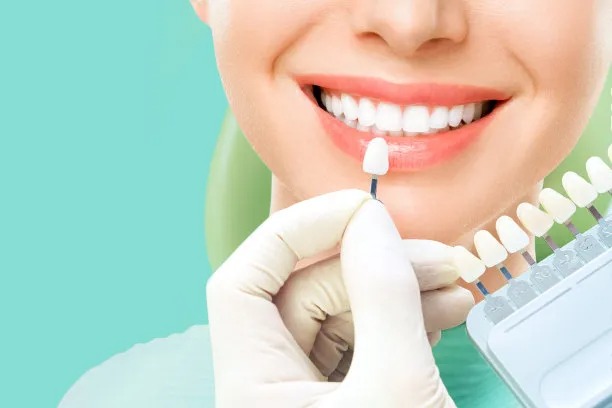Navigating the Journey of Tooth Extraction Understanding the Procedure Recovery and Essential Aftercare Tips
Summary: Tooth extraction is a common dental procedure that may be required for various reasons, including decay or overcrowding. Understanding the process is crucial for alleviating anxiety and preparing for recovery. This article will guide you through the intricacies of the tooth extraction procedure, what to expect during recovery, and essential aftercare tips to ensure a smooth healing process. By being informed, you can navigate this journey with confidence and peace of mind.
1. Understanding the Tooth Extraction Procedure

Tooth extraction begins with a thorough examination by the dentist. This may involve taking X-rays to assess the position of the tooth and the surrounding bone structure. Understanding the type of extraction required is key; there are simple extractions for teeth that are visible in the mouth and surgical extractions for those that are more problematic, such as impacted wisdom teeth.
During the procedure, local anesthesia is administered to numb the area surrounding the tooth. In some cases, sedation may also be used to help the patient relax. The dentist will then carefully loosen and remove the tooth. Its important to communicate openly with your dental professional about any feelings of anxiety or questions regarding the procedure.
Post-extraction, you will receive specific instructions to follow as the anesthesia wears off. This might include information on controlling any discomfort and observing your oral hygiene to prevent infection. Being informed about these aspects helps set the stage for a more comfortable recovery.
2. Recovery Timeline and What to Expect
The recovery process following a tooth extraction can vary based on several factors, such as the complexity of the procedure and the individuals overall health. Generally, the first 24 hours post-extraction are the most crucial. During this time, it is advisable to rest and avoid any strenuous activity to facilitate healing.
After the initial 24 hours, some swelling and discomfort are normal but can usually be managed with over-the-counter pain relievers. It’s important to keep the extraction site clean; gentle rinsing with warm salt water can aid in this process. Following your dentists guidelines during recovery can significantly reduce the risk of complications.
By the end of the week, most patients report a decrease in discomfort and an improvement in healing. However, monitoring the extraction site for excessive bleeding or signs of infection is vital. If these symptoms occur, reaching out to your dentist for advice is imperative for your health.
3. Essential Aftercare Tips for Quick Healing
Post-extraction care is a critical component of ensuring a smooth recovery. One essential guideline is to avoid using straws for at least a week. The suction can dislodge the blood clot that forms in the socket, leading to a painful condition known as dry socket. Stick to soft foods for the first few days to minimize discomfort.
Staying hydrated is equally important. Drinking plenty of water aids in the healing process and can help mitigate side effects from medications prescribed by your dentist. However, avoid hot beverages for the first day, as the heat can interfere with healing.
Maintaining oral hygiene is crucial, but care must be taken around the extraction site. Gently brushing your teeth and avoiding direct contact with the site helps prevent infection while still promoting cleanliness in your mouth. Regular follow-up appointments with your dentist are also vital to ensure proper healing and address any concerns during recovery.
4. Recognizing Complications and When to Seek Help
While the majority of tooth extractions proceed without issues, being aware of potential complications is essential. Symptoms that may indicate a problem include excessive swelling, persistent pain that does not improve, or the presence of pus at the site of extraction. If you experience any of these symptoms, it is crucial to contact your dentist immediately.
Other signs of complications include fever or chills, which could indicate a systemic infection. An unexpected and irritable bleeding episode that does not subside with pressure should also prompt a visit to the dentist. It is better to err on the side of caution regarding your health.
Lastly, understanding that everyones recovery is unique can help set reasonable expectations. Maintain an open line of communication with your dental provider to address any questions or worries throughout your recovery journey. This proactive approach can lead to a quicker and smoother healing process.
Summary:
Tooth extraction can be a daunting experience, but understanding the procedure, recovery timeline, and essential aftercare tips can help alleviate anxiety and promote better healing. With proper care and awareness of potential complications, you can navigate this journey successfully and with confidence.
This article is compiled by Vickong Dental and the content is for reference only.



